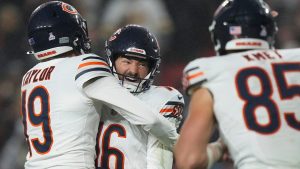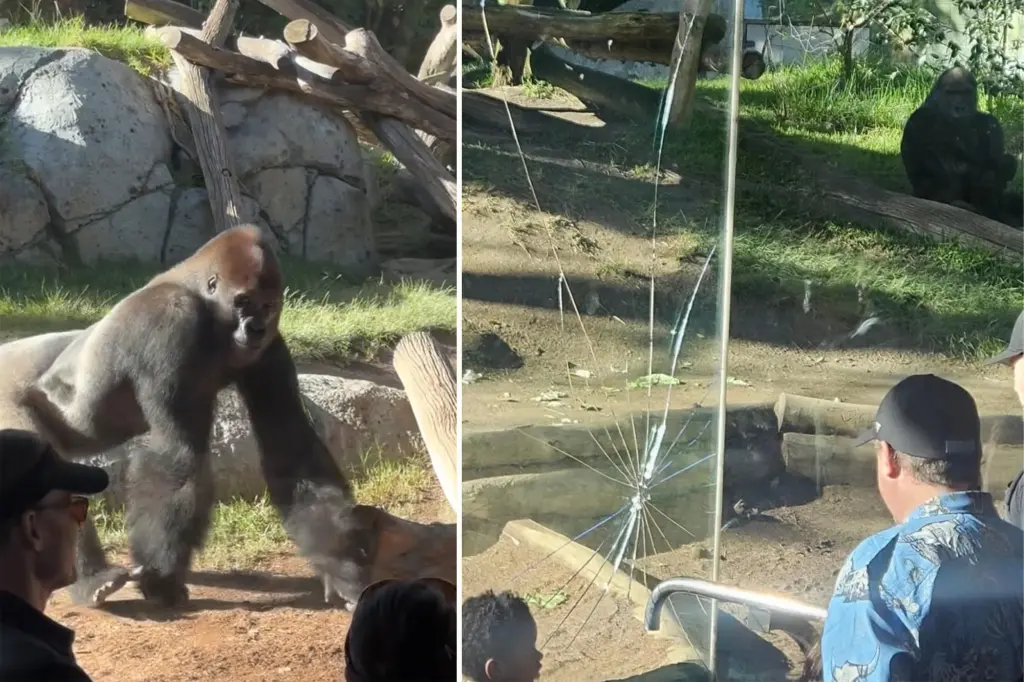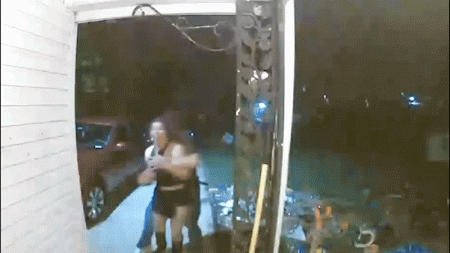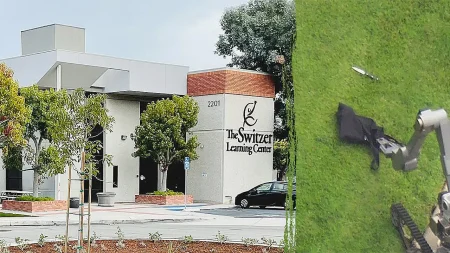Gorilla Charges Glass at San Diego Zoo: A Closer Look at Denny’s Incident
In a startling moment at the San Diego Zoo, visitors witnessed an unexpected display of strength when Denny, a 10-year-old western lowland gorilla, charged at the glass wall of his enclosure and partially shattered it. The incident, which occurred on Saturday at the zoo’s gorilla forest habitat, left visitors shocked but thankfully resulted in no injuries to the animal or spectators. Video footage captured the moment Denny launched himself toward the protective barrier, causing one layer of the three-layered tempered glass panel to crack. The dramatic scene prompted gasps and screams from onlookers who quickly stepped back from the viewing area, while others later approached to examine the damage to the specialized safety glass.
The San Diego Zoo confirmed that Denny was unharmed during the incident and assured the public that both he and his enclosure mate would continue to receive proper care while the damaged panel undergoes replacement. This event comes during what might be a sensitive time for Denny, who recently experienced the loss of his brother Maka. The 30-year-old gorilla died suddenly in August from a cardiac event, potentially leaving Denny in a state of grief. Animals, particularly highly intelligent primates like gorillas, can experience complex emotions including grief and mourning when they lose companions or family members, adding another dimension to understanding Denny’s behavior that day.
Dr. Erin Riley, an anthropology professor at San Diego State University, offered several possible explanations for Denny’s actions. She explained that “charging displays” are relatively common behaviors among male gorillas, often serving as a way to demonstrate strength or dominance. However, the professor noted that without being present during the incident, it’s difficult to determine whether something specific triggered this particular display. Dr. Riley highlighted an interesting aspect of gorilla behavior that many zoo visitors might not realize—gorillas can feel threatened by direct eye contact. This cultural misunderstanding between humans and gorillas might contribute to situations where the animals feel uncomfortable in their enclosures when surrounded by staring visitors.
Another possibility raised by Dr. Riley is that Denny might have simply been engaging in play behavior, though the directed nature of his charge toward the glass suggests he might have been responding to something specific among the spectators that made him feel threatened. Western lowland gorillas are magnificent creatures, representing the largest primates on Earth. Adult males like Denny can weigh up to 500 pounds, combining tremendous strength with surprising agility. This incident demonstrates the importance of robust safety measures in zoo enclosures, as the multilayered glass performed exactly as designed—containing the animal while preventing any injuries to either Denny or visitors despite the visible damage.
The situation also highlights the complex challenges faced by zoos in creating environments that balance visitor experience with animal welfare. Modern zoos strive to provide naturalistic habitats that allow animals to express natural behaviors while maintaining safe barriers between potentially dangerous wildlife and human observers. The San Diego Zoo, recognized globally for its conservation efforts and animal care standards, maintains these specialized enclosures specifically designed to withstand occasional tests of strength from powerful residents like Denny, while still providing visitors with an intimate wildlife viewing experience. This incident, while alarming, actually demonstrates the effectiveness of these safety systems.
Beyond the immediate spectacle, this event offers an opportunity to reflect on the endangered status of western lowland gorillas. These magnificent primates face severe threats in their native central African habitats, primarily due to deforestation and habitat loss. Zoos play a critical role in conservation efforts, not only maintaining genetic diversity through carefully managed breeding programs but also by educating the public about these remarkable animals and the challenges they face in the wild. While Denny’s glass-charging moment might have startled visitors, it also created a memorable encounter that connects people with wildlife conservation issues in ways that static displays cannot. As the San Diego Zoo works to replace the damaged panel, Denny continues to serve as an ambassador for his species, reminding us of both the power and vulnerability of these extraordinary primates that share our world.










